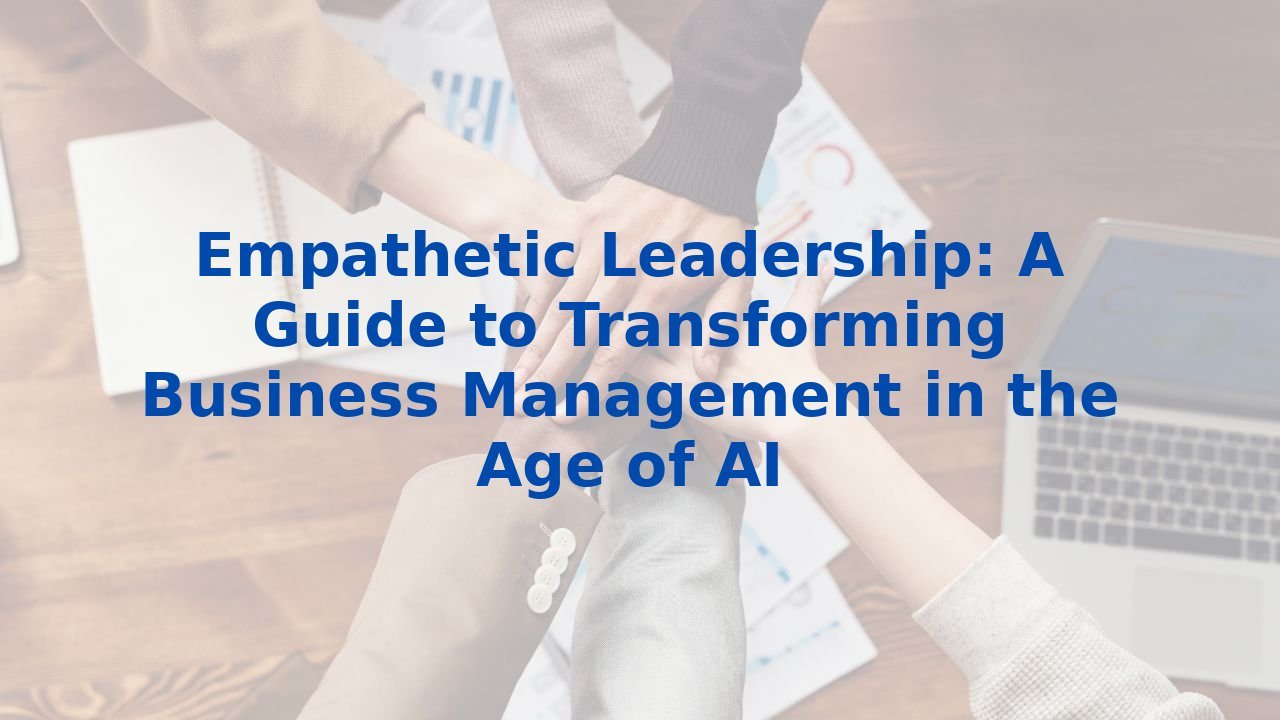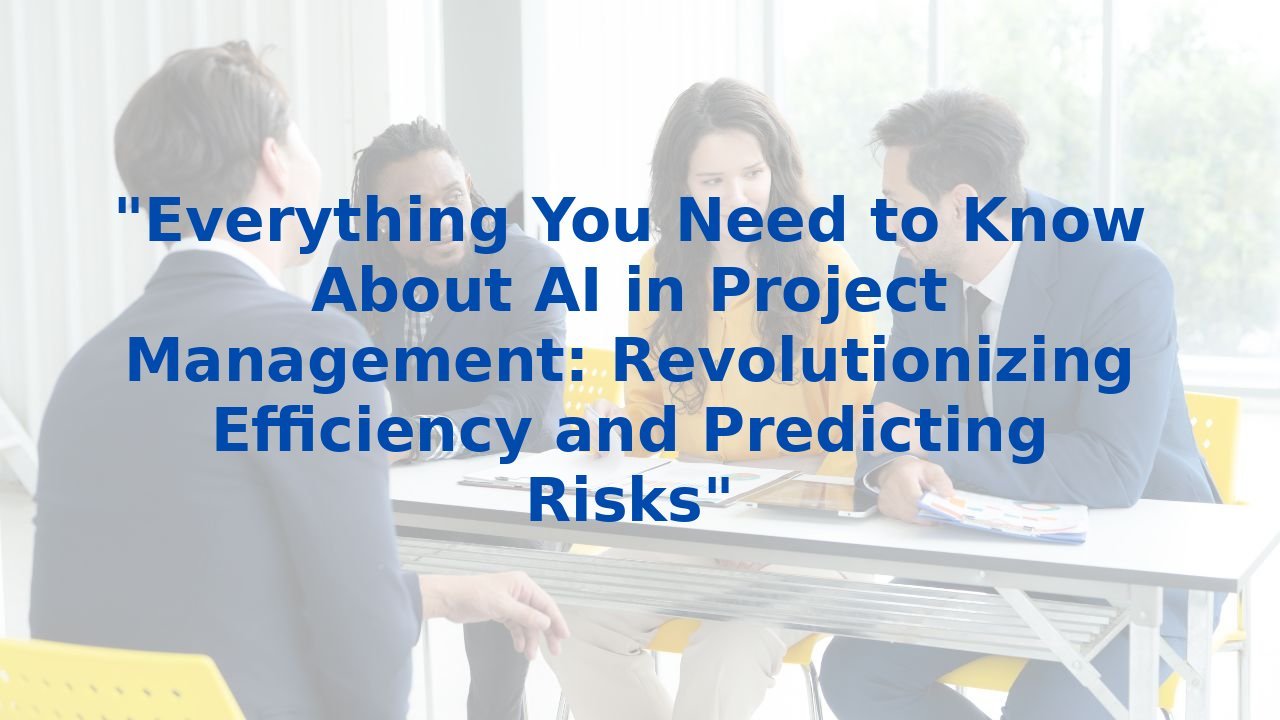Empathetic Leadership: A Guide to Transforming Business Management in the Age of AI
Empathetic Leadership: A Guide to Transforming Business Management in the Age of AI
In an era where technology advances at breakneck speed, the human element in leadership becomes more crucial than ever. The rise of Artificial Intelligence (AI) is not only changing the landscape of business processes but also redefining how leaders manage their teams and drive organizational success. This guide seeks to illuminate how empathetic leadership, combined with AI, can drive transformative change in business management.
Understanding Empathetic Leadership
At its core, empathetic leadership is about being attuned to the emotions and needs of your team members. Leaders who practice empathy foster an environment of trust and collaboration, where each individual feels valued. This kind of leadership is particularly beneficial in the age of AI, where changes may induce uncertainty and fear amongst employees.
The Integration of AI into Business Processes
To navigate this landscape effectively, leaders must embrace the integration of AI into business process management (BPM). AI offers opportunities to enhance efficiency while maintaining a human touch in management practices. Here’s how the integration might look:
- Process Discovery: AI technologies can sift through organizational data to uncover existing processes, revealing inefficiencies that may not be immediately visible to human analysts. This allows leaders to make informed decisions, ensuring all team members’ voices are heard when addressing concerns.
- Real-Time Process Mapping: By utilizing AI for process mapping, leaders can gain insights into current operations without waiting for manual analysis. This immediacy helps in addressing issues promptly, reinforcing transparency and communication within teams.
- Automation of Repetitive Tasks: AI can handle mundane tasks, freeing employees to engage in more meaningful work. Under empathetic leadership, this transition can be framed as an opportunity for growth, fostering a culture of innovation over redundancy.
- Continuous Monitoring: Leaders can leverage AI’s capability of continuous monitoring to keep processes aligned with organizational goals. Real-time alerts help in quick decision-making, ensuring team dynamics remain fluid and responsive.
- Data-Driven Process Improvements: AI’s ability to analyze patterns not only assists in problem-solving but also promotes a culture of learning within the organization. Leaders can share insights gained from AI analytics to inspire their teams to think critically and strategically.
Benefits of AI for Enhancing Efficiency
The benefits of integrating AI into business processes are profound. Here are a few standout advantages:
- Boosted Productivity: By automating tedious tasks, AI enables teams to channel their energy into strategic initiatives, fostering both innovation and creativity.
- Better Decision-Making: AI can furnish leaders with predictive insights, allowing them to make decisions based on data rather than intuition alone. This shift not only enhances outcomes but also eliminates the “guesswork” that can lead to organizational strife.
- Cost Efficiency: Automating processes translates into tangible cost savings. Leaders can not only optimize resources but can also reinvest those savings into employee development or technology upgrades.
- Enriched Customer Experience: AI tools can personalize interactions based on customer feedback. This not only meets clients’ needs but also enhances loyalty, a crucial aspect of any business strategy.
Empowering Employees through Training
While the advantages of AI are clear, leaders must acknowledge that the human component remains vital. This is where training comes into play. Equipping employees with the skills to work alongside AI not only increases confidence but also amplifies the return on investment for AI technologies.
- Fostering Adaptability: Training programs tailored towards familiarizing employees with AI tools create a smoother transition, allowing them to embrace new processes without fear or hesitation.
- Encouraging Collaboration: Well-trained employees become adept at collaborating with AI technologies, optimizing productivity and achieving organizational goals together.
- Strengthened Problem-Solving Skills: Encouraging employees to work in tandem with AI enhances their problem-solving capabilities, fostering a team-oriented atmosphere that values collective input.
Conclusion
As we navigate the intricacies of business management in the age of AI, empathetic leadership stands out as a beacon for organizations seeking sustainable success. By blending AI with compassionate practices, leaders can create a culture that fosters growth, encourages collaboration, and amplifies efficiency. It’s an exciting time for organizations willing to adapt, and those who do will not only see benefits in efficiency and productivity but will also nurture an environment where every team member feels heard and valued.
For organizations ready to embark on this transformative journey, consider exploring comprehensive training options to equip your workforce with essential AI skills that meet today's challenges head-on. Embrace the future, and let empathetic leadership guide the way.



